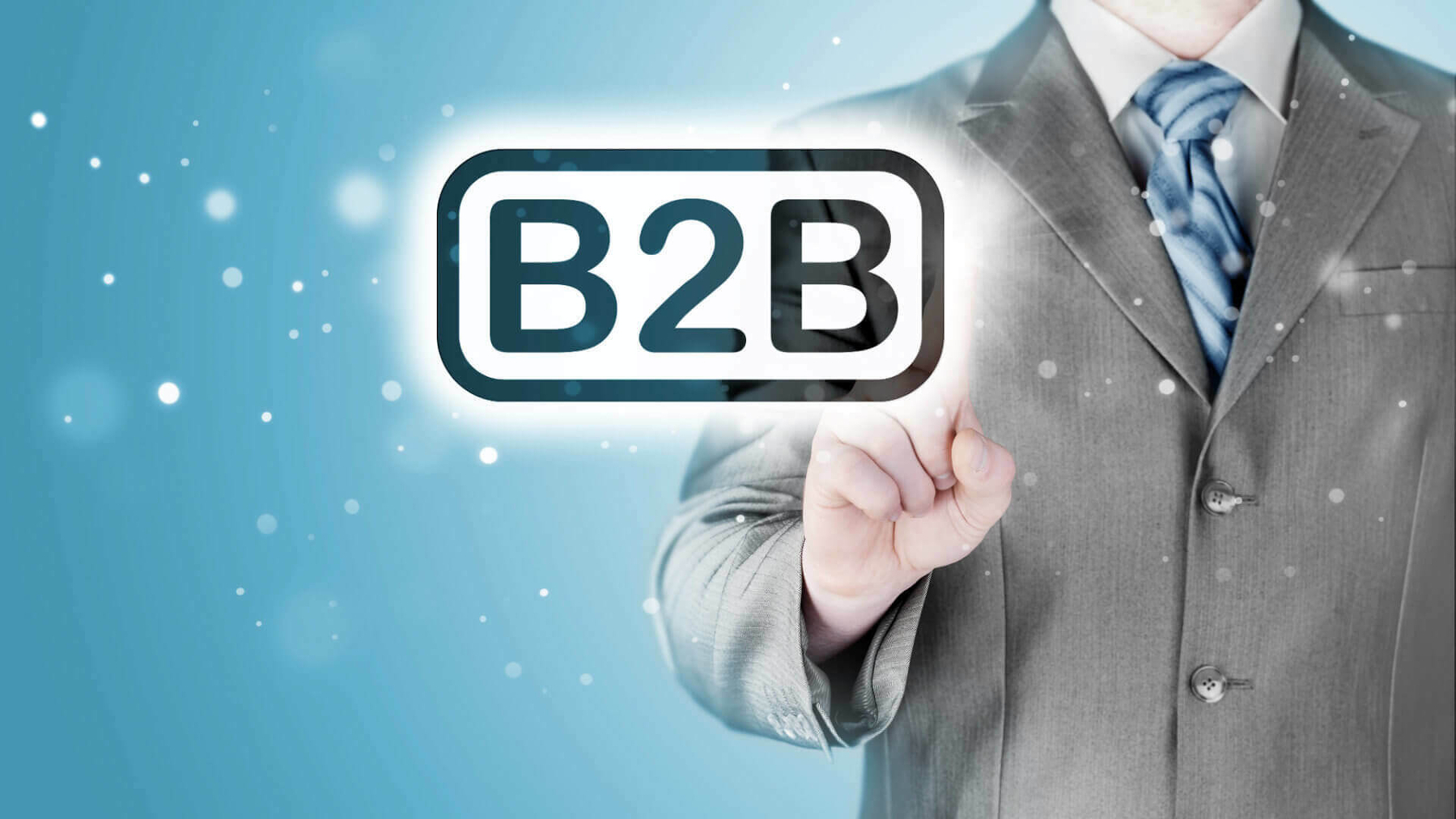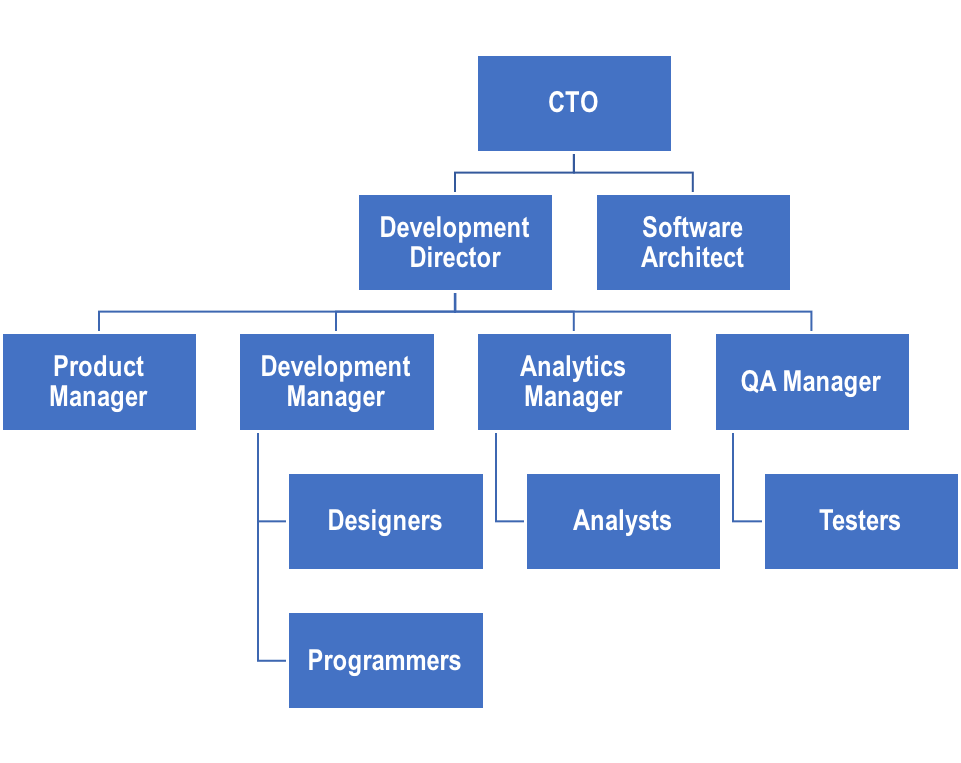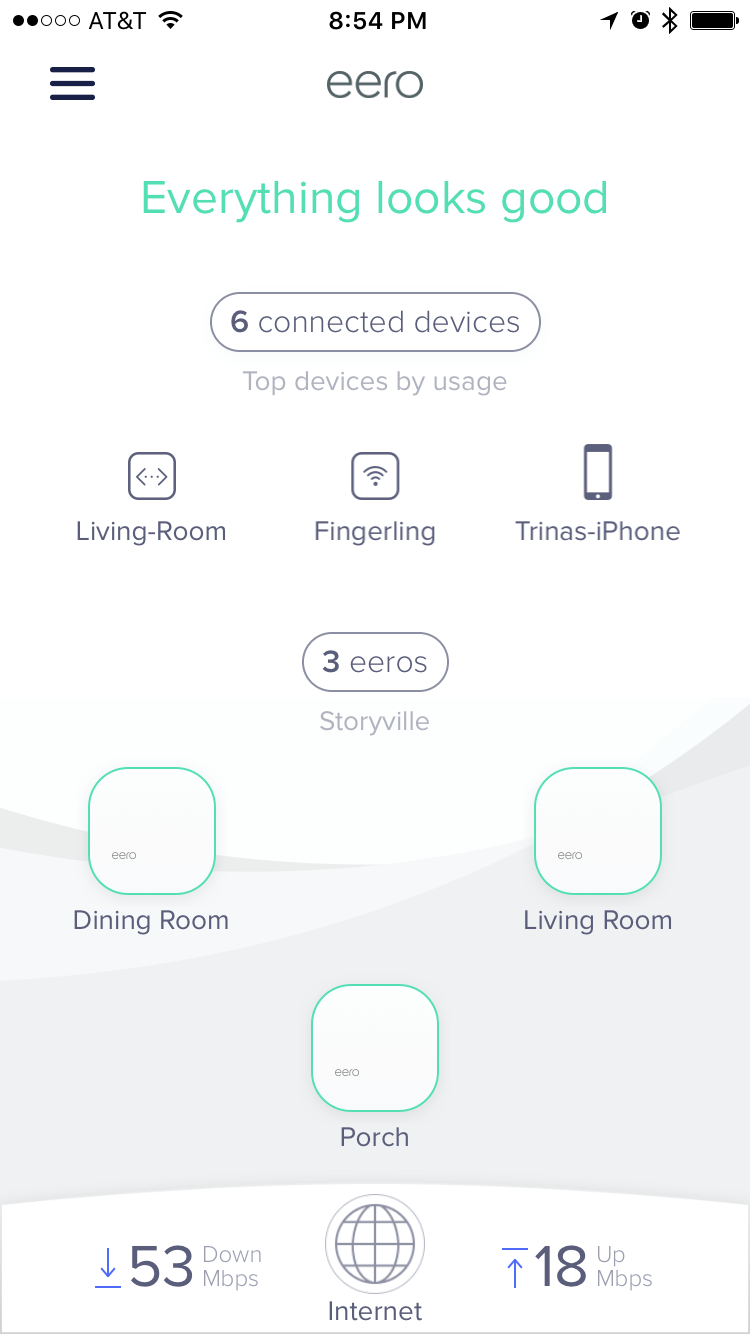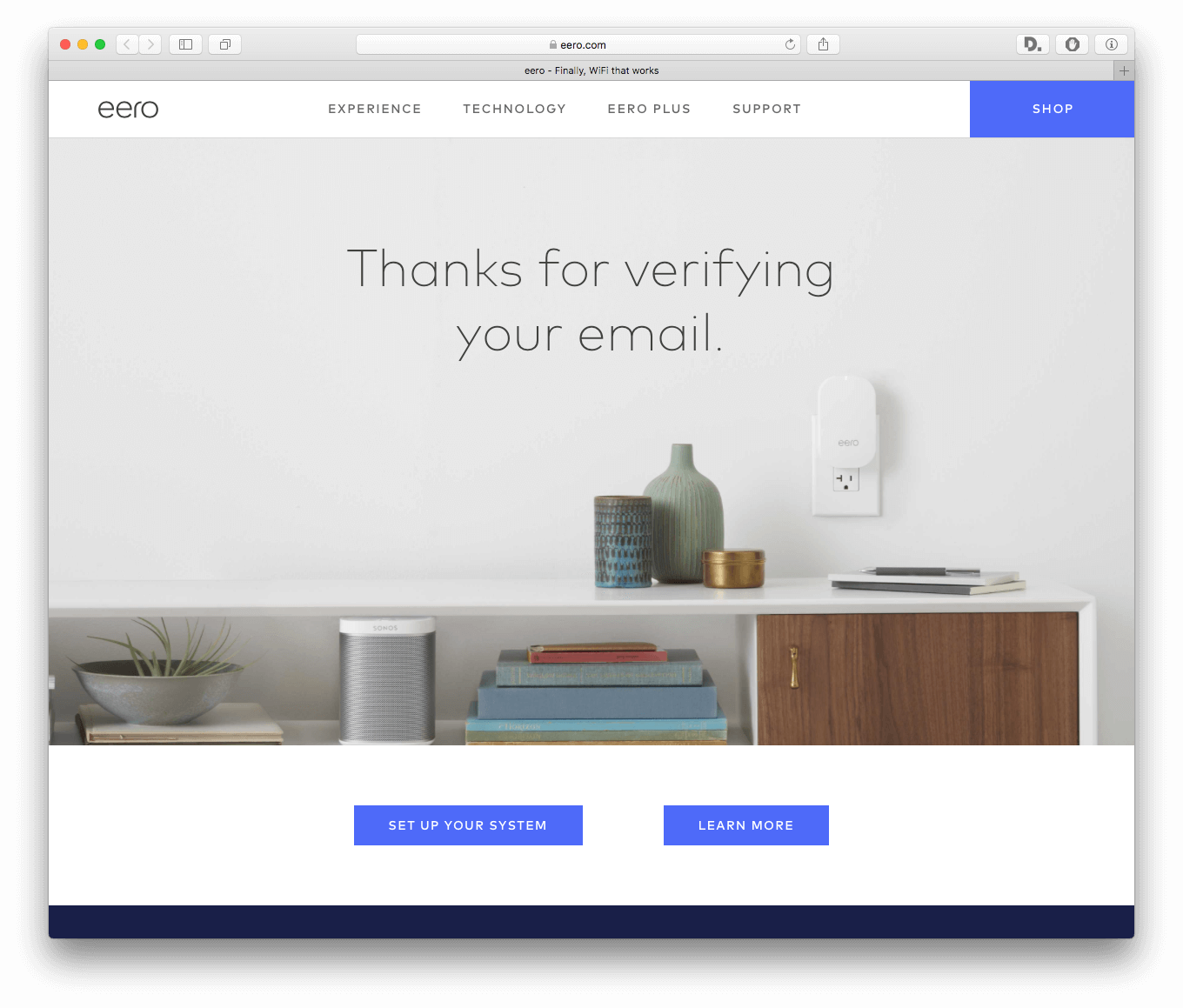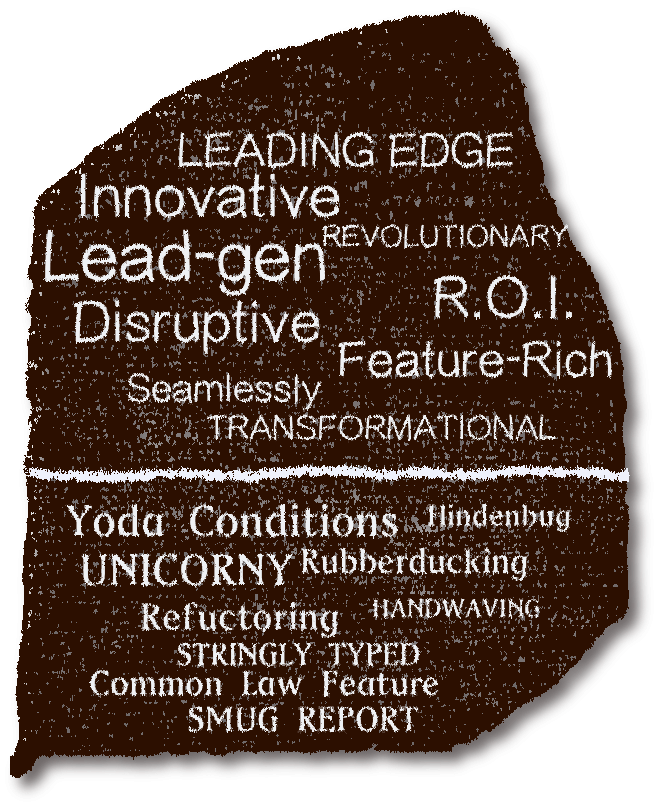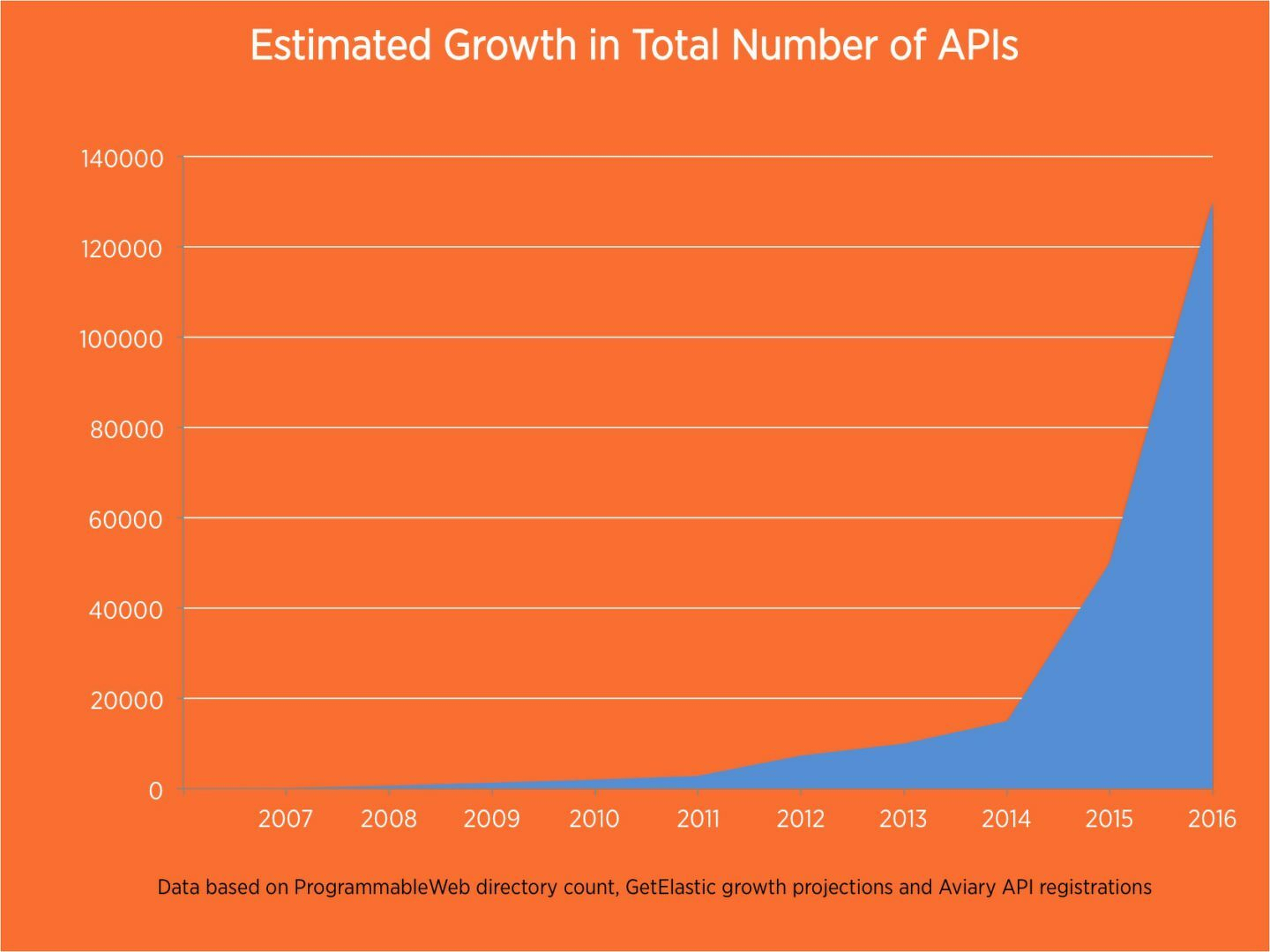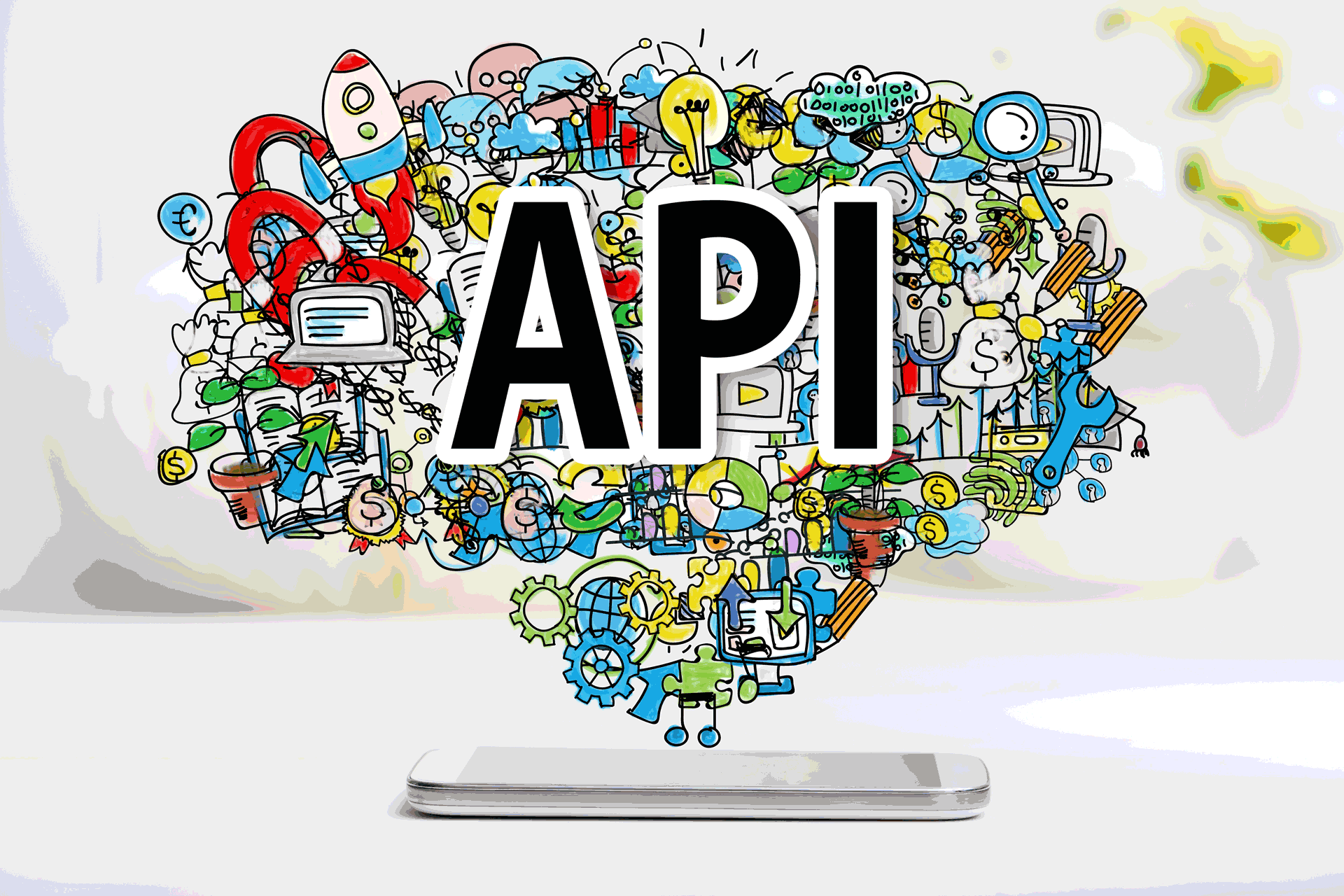Developers have a reputation among marketers as a tough audience, as we’ve mentioned a time or two before. It’s very true that reaching them through marketing entails unique approaches. In past columns, I’ve gone into the ways a marketer should use content to engage developers, and how important the right attitude and empathy are to creating that connection.
One dream scenario for a marketer is to create a developer platform with a life of its own — to lay the groundwork that transforms customers into a community of followers or, better still, into passionate evangelists for your platform, product or company.
Here are six best practices to keep in mind if you’re trying to build a developer community. They’ll help you build the kind of unforced, authentic participation and advocacy that’s more invaluable than ever.
Don’t assume you know who you’re looking for
Let’s take a quick snapshot of a “developer”:
I’m a figure skater. Coming from a background in collegiate sports, I’m highly driven, with an inner voice that replies to a challenge by saying, “Suck it up, buttercup.” I have a contagious amount of energy and an intense amount of grit.
If you’re used to stereotypical representations, this reads more like someone in sales or marketing, right? Not like a developer, or the buyer persona a marketer might draw up for a developer. Yet…
I also happen to be a passionate software engineer.
Her name is Aimee Knight, and she’s a great example of how, in the real world of developers, we find a colorful spectrum of personalities. Resorting to clichés and assumptions about devs is a mistake, and so is trying to paint every developer community with the same brush.
So, it’s important not to fall back on stale assumptions about what a “developer community” is all about. Before attempting to attract a dev community, research exactly who it is you’re trying to attract.
Don’t just rely on job titles and development roles or profiling data; interview them, immerse yourself in how developer-customers use social media and other established dev communities, and ask your own friends and co-workers who are developers for their insights. That’s the best way to learn their motivations and needs and how your community can leverage those. For example, here’s Knight again:
When a developer for my (former) employer’s website handed off a CMS to me and said, “Don’t touch the code outside of this,” my competitive spirit took the bait — and my fate was sealed… I started to stay up late… really, really late… working on the site (while hopefully no one was looking!).
Like many other developers, she’s a self-starter who’s willing to dig in really, really deep to resolve a challenge. That’s a potent insight for a marketer or community-builder.
Community is an organic thing, and it can’t be forced. But you can create structure that encourages the patterns that best fit your users’ needs — and your business goals. Beyond researching your target membership, you’ve got to plan out other aspects of your community well before launch:
Know why you’re building a developer community, and how it’ll be useful and unique. There are different types of developer communities, serving different needs; what’s your focus? What value do you offer to any dev who joins up? As you’re answering questions like these, make sure to stress-test your answers; honestly ask yourself and your developers if there’s a value proposition there.
Decide where it lives. A “community” can take shape across a range of different channels, including social media, blogs and websites, collaboration tools like Slack, and even (still!) conferences and live events. Figure out what the best channels and formats are for your purposes, and what’s most sensible for the kind of user engagement you want to create.
Define the relationship you want to have with members. You can have a model in mind, but you’ll need to be transparent and authentic with your audience about what you’re out to achieve and how it’ll involve them. Commit to being flexible and accountable about this, or you’ll quickly lose traction.
Work out roles for community members. It’s a great way of actually pushing ownership of the community out to its membership. After all, they’re the ones that will make the community happen, not you. Make sure you identify the best people to take on leadership, curation, member assistance or ombudsman roles. Let’s revisit Aimee Knight for a moment:
Outside of work, I’m a panelist on the JavaScript Jabber and Angular Air podcasts, a co-organizer for Charm City JS, and an avid runner.
People like Knight are your best bet for conversion into effective evangelists, since they’re actively looking for ways to help others or to network. So give them a useful role within your dev community. Even the fact that she’s a runner gives you options: Ask her to take charge of putting on 5K meetups for other members who run, for instance.
Curate, but don’t control
Developers are about the last audience on Earth willing to consume a drip-feed of promotional messages in community channels. They’re there to debate, gossip, share and learn, inspire and be inspired. They own the community, and they’ll abandon it if marketers begin clumsily infringing on their space.
Still, a functioning community coalesces around curators/leaders. Especially at first, you’ll need to nurture members to fill those roles.
It’s up to your team to avoid overt marketing while cultivating participation and interaction by acting as social guides, newsagents, emcees and conversation prompters. They’ll honor and reward top contributors and reach out on a personal level to all types of members.
If your developer community feels they’re getting value, recognition and honest engagement, they’ll keep looping back into the conversation, encouraging others to join in.
There’s still a real world outside
Building a community 20 or more years ago would have meant hoofing it from trade show to trade show, holding conferences and conventions and shaking a lot of hands. The web and social media have mercifully spared us all of that, right?
Wrong. You wouldn’t be going out on a limb to think that attending conferences, meetings and otherwise engaging people in person is now more important than ever. After all, somebody’s booking all those halls and hotels, right?
Developers are just like the rest of us in desiring eye-to-eye contact and authentic, unmediated interaction. So as part of your community outreach, schedule events where they can engage in exactly that way.
Be sure to include presentations designed to remind audiences of the human experiences behind your products. For instance, whenever Knight attends an event and tells her story of transitioning from triple axels to Angular coding, audiences love it.
Embrace buzz, good or bad
Never expect devs to flinch from calling out faults or failures and sharing their findings with other users. Don’t make the mistake of trying to steer that dialogue, either (unless they’re out-and-out wrong or used dubious methodology): If you thought bad buzz spreads quickly around topics like the Zika virus and Billy Bush’s interview technique, you haven’t seen anything.
Developers who think you’re being dodgy will happily flame you within your own feeds and boards and put a pox upon your name at Quora, Stack Overflow or Reddit, among other places where you’ll face a reputation flogging.
Instead, make sure you’re constantly aware of what the community is saying about you in real time. But if you get bad buzz that’s irrefutable, accept it as good data about the product. Be honest and responsive; your openness will shine, and you can use it as a springboard into deeper engagement, as you’ll see next.
Nurture collaborators and “devangelists”
No matter what marketers may think, developers aren’t naysayers. But they possess a keenly honed skepticism. It’s why they’ll trust word-of-mouth from peers over the most lavish marketing campaign you could ever afford.
That’s because a developer’s focus, from the first line of code they ever wrote, is on getting stuff done: Whatever they develop or integrate has got to simply work. So they’re always applying an empirical lens, since they’ve seen plenty of marketing and advertising bloviating over the years behind half-baked products.
That quality makes them a priceless resource as members of your developer community. As outsiders with an interest in your product, they’ll provide the purest kind of research and field testing — organic, objective and brutally honest.
At SparkPost, my employer, we’ve learned how to partner with our own dev community in refining our products. There’s a quid quo pro that makes it succeed:
- We make our expertise constantly accessible. Our core engineering team manages community code contributions and readily accepts feedback, while regularly sharing their own best practices and problem-solving skills.
- That collaboration has encouraged a cadre of developer evangelists who promote positive buzz and help sell our products, but they’re always willing to push back on us as they see fit, driving the cycle of improvement.
It’s important to represent the company within the community, but also to represent the community within the company. It’s a partnership that pays off.
Stick by these six tenets in building a developer-oriented community and you’ll find success. Good luck! It’s hard work and a long road, but it’s worth the effort.
- Research what kind of members you want to attract, so you’re able to draw them in with authentic interactions and relevance.
- Put a plan in place before you launch, making sure you’ve got perfect alignment on goals, audiences and execution.
- Serve and curate, but remember your dev community is really the property of its members, so never intrude on it with overt marketing.
- Execute live community activities, going beyond just online channels.
- Always embrace member feedback, good or bad, provided it’s valid.
- Nurture community collaboration to foster deeper engagement and collaborative improvement of your products.
This article originally was published at Marketing Land/MarTech Today.




